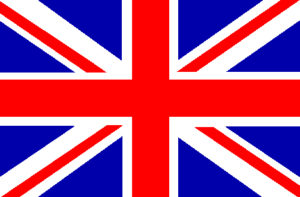 Research Article
Research Article
PREFACE:
Should I cull the off-spring of an ELISA-positive cow?
This is one of the more common questions asked of veterinarians regarding Johne’s disease control programs. Today’s news item is about research done in the UK targeted specifically at this question for dairy cattle.
ABSTRACT: A longitudinal study was carried out following a cohort of 440 UK dairy cows in 6 herds recruited in 2012-2013. Individuals entering the milking herd were routinely monitored for the presence of MAP using quarterly milk ELISA testing. The relationship between time until first detection of infection and dam MAP status was investigated. Dam test status for MAP was found to be the only observed factor that was significantly associated with time to an individual testing MAP-positive (p = 0.012). When compared to test-negative dams, these UK scientists found a marginally significant effect of having a positive dam at time of calving, that increased the hazard of an individual testing positive by a factor of 2.6 (95% confidence interval: 0.89–7.79, p = 0.081). Further positive associations were found with dams becoming positive after the birth of the subject; a dam seroconverting within 12 months post parturition being associated with a 3.6 fold increase in hazard (95% confidence interval: 1.32–9.77, p = 0.013), and dams seroconverting more than a year after calving increased the hazard by a factor of 2.8 (95% confidence interval: 1.39–5.76, p = 0.004). These results suggest that cows may be transmitting MAP to their offspring at an earlier stage than had previously been thought, and so raise important questions about how this transmission may be occurring. The results of the study may have important practical implications for the management on-farm of the offspring of MAP-positive animals, with the potential to vastly reduce the time required to eliminate this chronic disease.
This link takes you to the full article, however, it is not Open Access.
CONCLUSION: The answer to the off-spring culling question for commercial diary herds is yes (in most instances). It is better to retain as herd replacements only those animals born to tested-negative dams and dams that remain test-negative. Of course, each dairy is unique and for animals with high genetic merit alternatives to culling might be considered. These findings are most relevant to dairy cattle herd controlling Johne’s disease by testing cattle using the milk ELISA and animal husbandry conditions in the common in the UK.